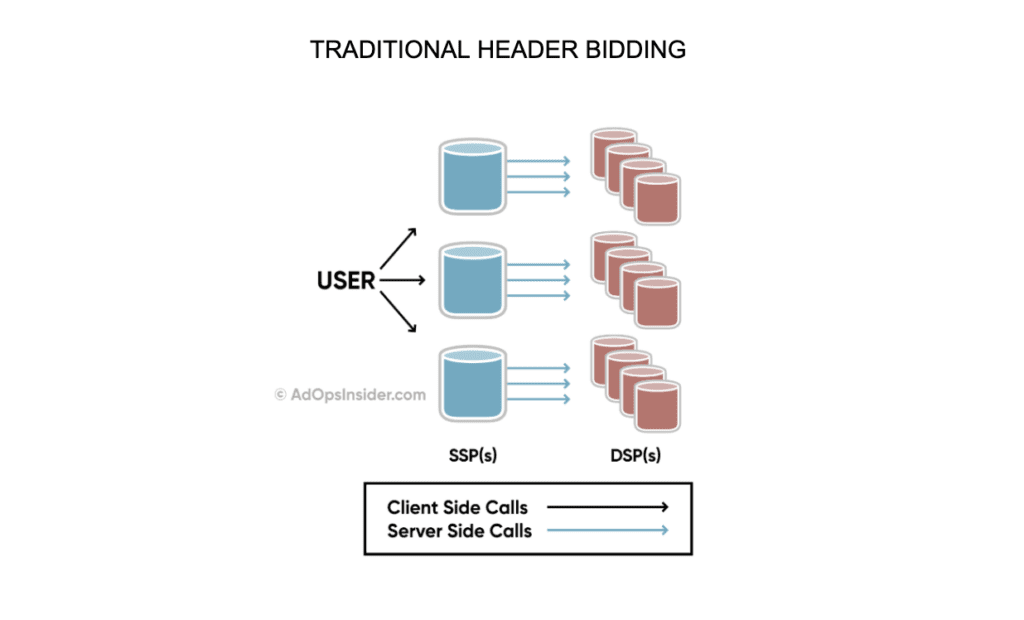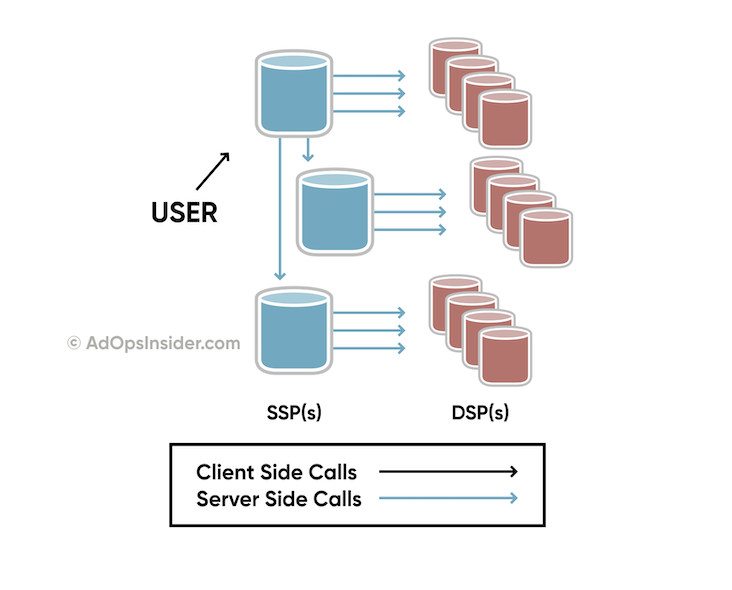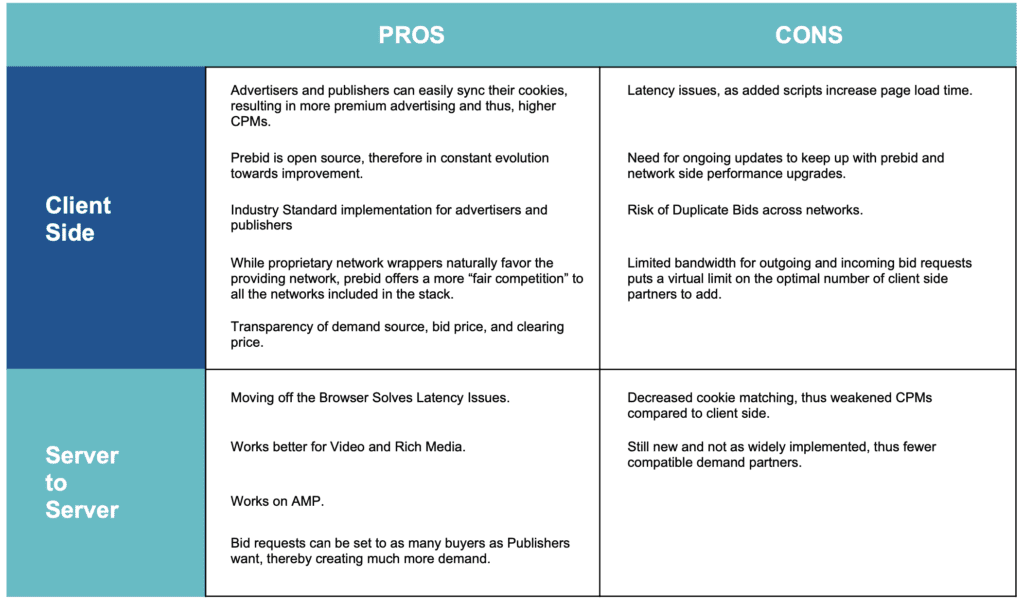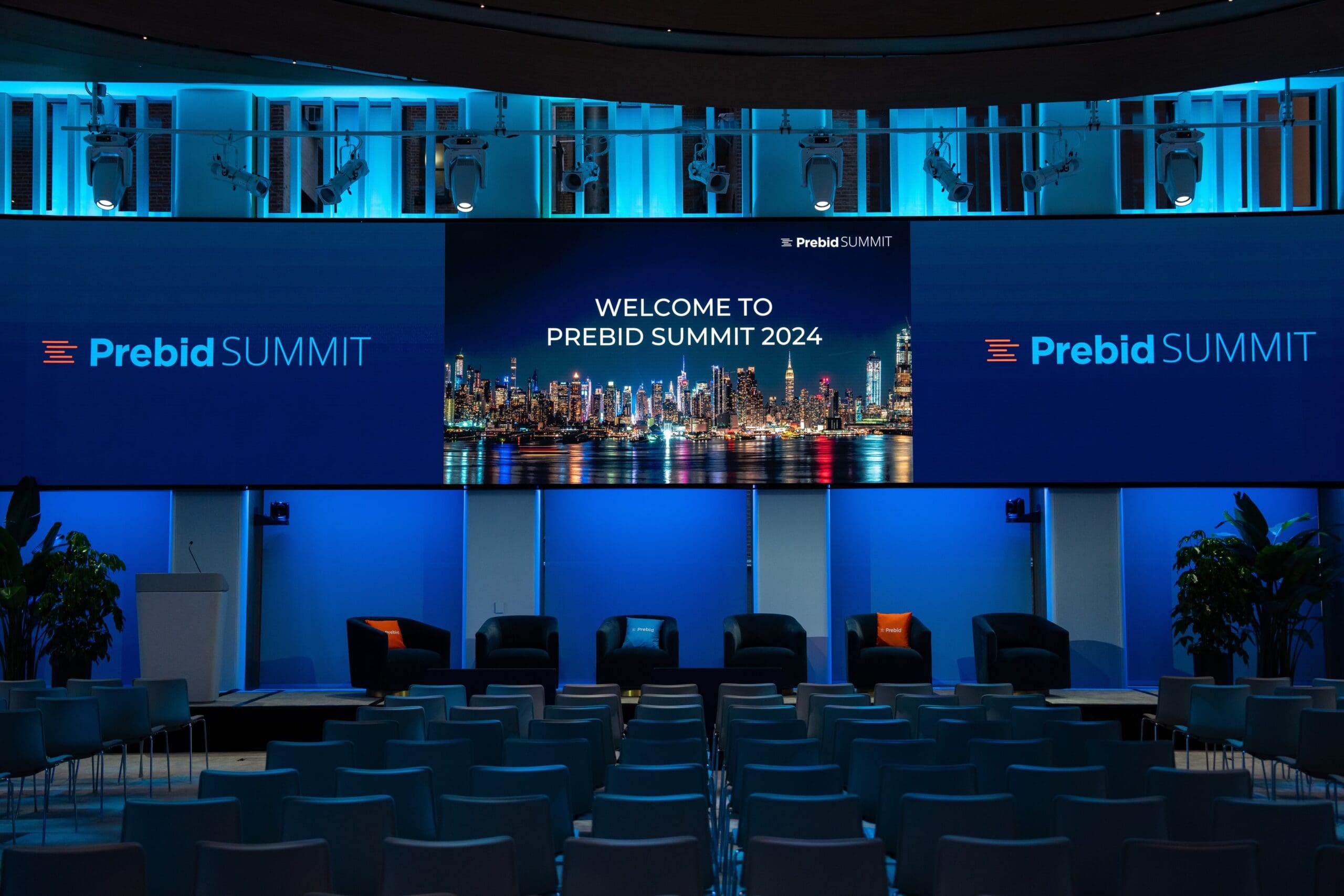Client Side? Server Side?
Which Header Bidding is best for you?
One of the best innovations for the online advertising industry in recent years, Header Bidding opened the road for publishers to maximize their revenues on their programmatic inventory. Header bidding is the programmatic auction process that enables publishers to collect multiple bids from various demand sources simultaneously. Great, right?! But like all things programmatic, there is way more to it than that, and there is no single, one-size-fits-all solution.
Client Side Header Bidding
Client side header bidding takes place on the user’s browser and sends ad requests to multiple demand partners, with the highest bidder winning the auction. The header bidding code is placed (surprise!) in the head so the demand partners receive all the value targeting information needed to make the more premium priced bids.

The concept is relatively simple and boosts Publisher’s revenues by 30-100%. Of course, this has some costs, the biggest of which is latency concerns. Thus, the invention of server side header bidding.
Server Side Header Bidding (S2S)
Server Side Header Bidding takes place on a server, not a browser, with the user’s webpage making a call to a single third-party server which then sends the request to the other various demand partners.
SERVER SIDE HEADER BIDDING

Publishers are not limited and can work with as many demand sources as they want, and many calls can be made at once without comprising the user’s experience. But, this is not the perfect solution either, notably because it’s harder for publishers to match their cookies with advertisers. Here’s a quick breakdown of S2S Pros and Cons.
Pros and Cons of Both
Which Solution is Right for You: a Hybrid Approach
The choice for Publisher’s can vary by inventory type, demand and current market trends. And, as outlined above, there are important Pros and Cons to both options. To get the most out of your Header Bidding, Adapex recommends a hybrid approach, leaving your strongest header bidder partners Client Side, and moving a longer stack Server Side.
Our recommendation is a combination utilizing a Prebid Server, Google EBDA and Amazon’s A9. A Prebid server provides a hosted server-side solution that can help reduce latency between bid request and ad selection. Google’s Exchange Bidding Dynamic Allocation (EBDA) also solves the page-latency issue. Amazon’s solution is server-side bidding integration with an added benefit of access to unique demand. Adapex’s custom header bidder wrapper comes with hybrid header bidding all ready to go on all the angles above.
Adapex is here to help. We are always happy to share our experiences and make recommendations that will guide you to make the best decisions for your business. Contact us to discuss Header Bidding or any other issue on your mind. Or sign up to get your hybrid header bidding going today.














